Spending nearly 700 million USD to import rice
According to the report of the Ministry of Agriculture and Rural Development, in the first 6 months of 2024, rice exports reached nearly 4.7 million tons and the turnover was worth 2.98 billion USD. Compared to the same period in 2023, rice exports increased only 10.4% in volume but increased sharply by 32% in value due to the export price of this item remaining at a high level.
The Ministry of Agriculture and Rural Development also stated that rice is among the top 5 agricultural products with a high trade surplus, reaching 2.31 billion USD, up 27% over the same period last year. In the first half of this year alone, our country spent about 670 million USD to import rice.
According to experts, spending 670 million USD to import rice is a sharp increase compared to the same period in previous years and is almost equal to the whole of 2023. Specifically, in 2023, our country also spent nearly 860 million USD to import rice from other countries (mainly imported from Cambodia and India).
Vietnam is the world's leading rice exporter, but imports have also increased sharply, which is a surprise to many people. Explaining this, on the morning of July 16, in an interview with Dan Viet, Mr. Tran Ngoc Trung - Vice President of the Vietnam Food Association analyzed that in recent years, Vietnam has promoted the implementation of a strategy to improve the quality of rice grains to increase the value of Vietnamese rice. Accordingly, gradually shifting to the production of fragrant, high-quality rice varieties.
At many times, Vietnam's 5% broken white rice maintained the highest price in the world. Therefore, we have a significant shortage of raw rice for food processing (vermicelli, pho, hu tieu, rice flour, etc.) and animal feed processing, so we need to import it. While the production area is limited and the production capacity is also limited, selling high-value rice and importing raw rice for processing is economically beneficial, so there is nothing to worry about.
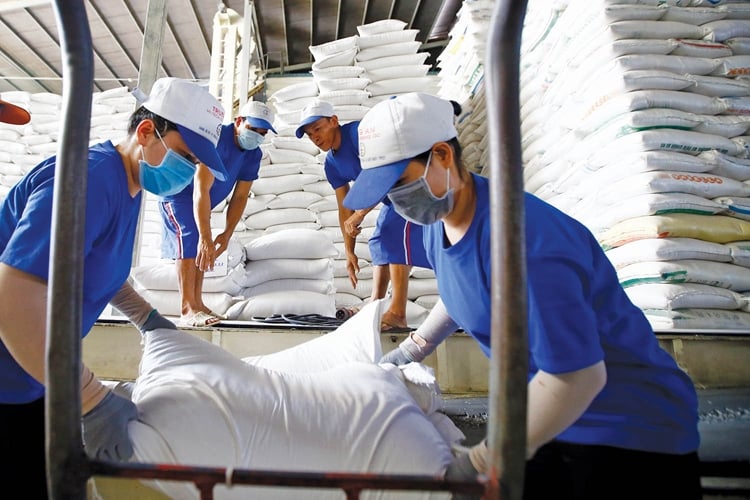
In the first 6 months of 2024, Vietnam's rice exports reached nearly 4.7 million tons and a turnover of 2.98 billion USD. However, rice import turnover reached 670 million USD.
According to Mr. Nguyen Van Thanh - Director of Phuoc Thanh IV Production and Trading Company Limited, the domestic demand for low-grade rice is clear, for making cakes, vermicelli, animal feed... This type of rice is commonly produced and has good productivity in India, but the price is very low, similar to Vietnam's IR50404 rice which was widely grown before.
“For dry rice varieties like IR50404, Vietnam grew a lot before 2015 but it was very difficult to sell, so ministries and sectors recommended switching to growing high-quality rice. When people gradually switched to the high-quality segment, low-quality rice was in short supply, and if they did grow it, it was cheap, so farmers abandoned this rice variety and had to import it,” said Mr. Thanh.
Another reason why Vietnam has to import rice from abroad, according to Mr. Tran Vu Khanh, Director of Hiep Quang Agro Company in Ho Chi Minh City (a unit specializing in food import and export), is that businesses not only import low-quality rice from India but also import high-quality rice from this country and Cambodia, to export to a third country. Due to its convenient geographical location and high reputation in the international market, Vietnam has become the largest rice import market and the second largest rice import market of Cambodia after China.
Businesses expect rice exports to improve at the end of the year
According to the assessment of the Import-Export Department (Ministry of Industry and Trade), after a long period of price growth, this downward adjustment period of Vietnamese rice is part of the general downward trend of world rice prices. Notably, this downward trend is also within the expectations of domestic enterprises because they have always been cautious when rice export prices have increased continuously in recent times.
According to international experts, as the prospect of easing India's rice export policy is reinforced, supply is expected to increase in the coming time, leading to a possible cooling of rice prices in Asia, as India remains the world's largest rice export market.
Statistics show that India is still the world's largest rice exporter in the first five months of this year with 7.2 million tons, down 25.4%; followed by Thailand, Vietnam, Pakistan, and the US.
In India, 5% broken parboiled rice was quoted at $539-$545 a tonne this week. Meanwhile, Thailand’s 5% broken rice also fell to $570-$575 a tonne on July 11, the lowest since early April.
Mr. Tran Thanh Hai - Deputy Director of the Import-Export Department said that currently, rice prices have been adjusted down, but are still at a relatively high level, still favorable for our export businesses.
"Our businesses must always be ready for all possibilities and situations. The important factor here is still how to ensure and maintain the quality of rice between shipments. And secondly, we must also ensure the competitive factor, avoiding unfair competition to devalue rice. Because that will also affect not only one business but also many of our rice exporting businesses," said Mr. Hai.
According to businesses, the adjustment of rice export prices at this time helps them to be proactive and purchase paddy more easily. They predict that prices will recover in the coming time when the year-end demand for imported rice also increases from traditional customers of Vietnam.
Mr. Nguyen Van Nhat - General Director of Hoang Minh Nhat Joint Stock Company, Can Tho City said that the Philippines, Indonesia and some other countries have quite stable import demand for domestic consumption at a high level. Each year, these two countries alone can import 4 to 5 million tons, I think this demand will also be stable in the long term.
Export opportunities for Vietnamese rice from now until the end of the year also come from the Chinese market, because the end of the year often increases demand from this billion-people market. Businesses have had more customers negotiating to import 5% broken rice.
According to the Ministry of Agriculture and Rural Development, as of early July, localities had harvested about 388,000 hectares out of 1.46 million hectares of summer-autumn crop, with an estimated yield of 6.2 tons/hectare. Abundant supply is always a driving force to promote rice exports in the coming time.
Source: https://danviet.vn/dang-ban-luong-gao-khong-lo-di-khap-toan-cau-vi-sao-viet-nam-van-chi-gan-700-trieu-usd-de-mua-gao-20240716092555386.htm








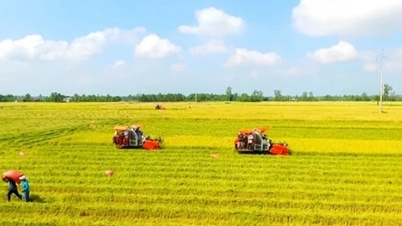

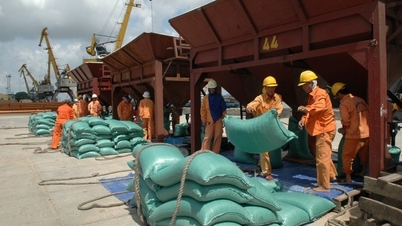






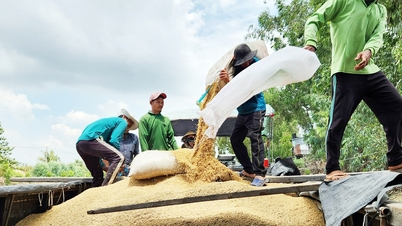

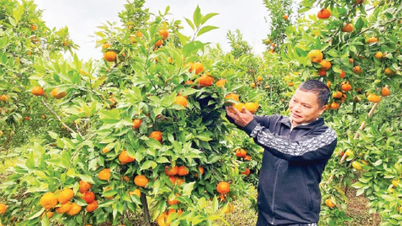
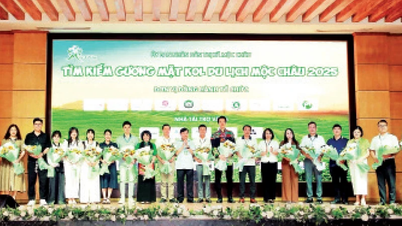
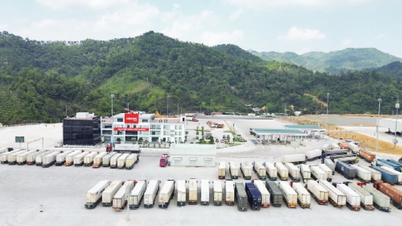

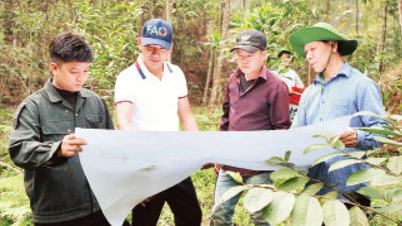







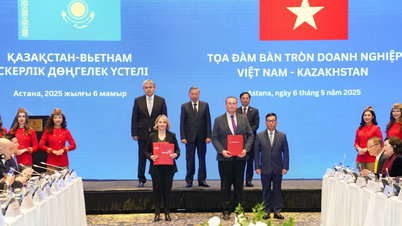

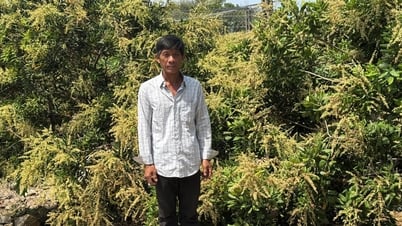

![[Photo] Ho Chi Minh City: Many people release flower lanterns to celebrate Buddha's Birthday](https://vphoto.vietnam.vn/thumb/1200x675/vietnam/resource/IMAGE/2025/5/10/5d57dc648c0f46ffa3b22a3e6e3eac3e)
![[Photo] General Secretary To Lam meets with Chairman of the Federation Council, Parliament of the Russian Federation](https://vphoto.vietnam.vn/thumb/1200x675/vietnam/resource/IMAGE/2025/5/10/2c37f1980bdc48c4a04ca24b5f544b33)




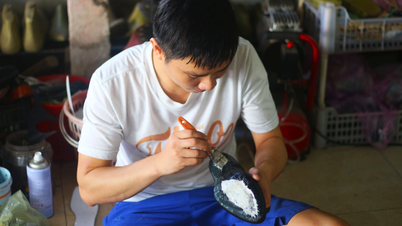





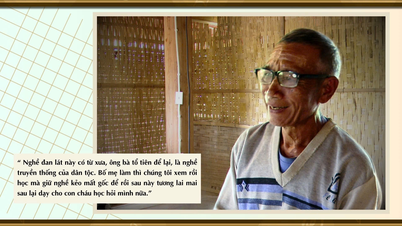

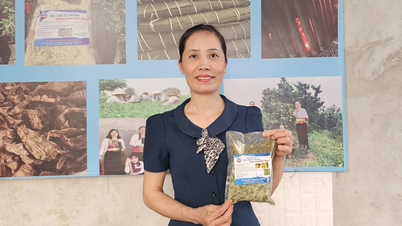















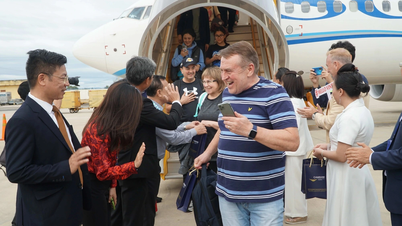


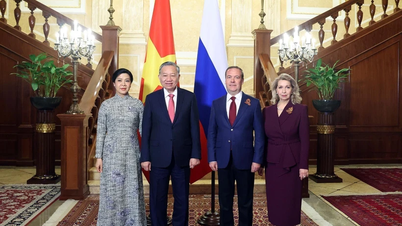





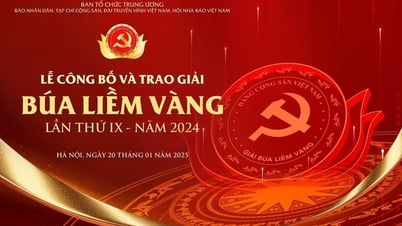

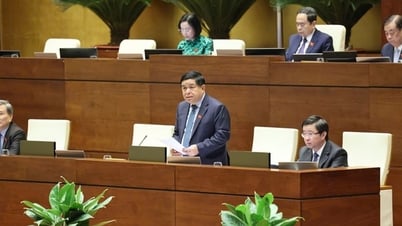

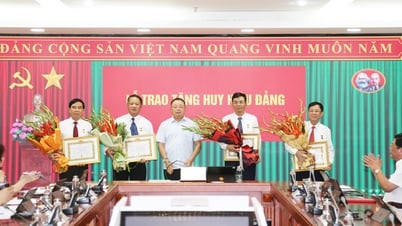


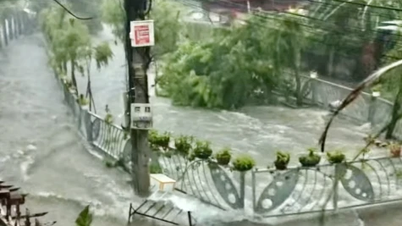





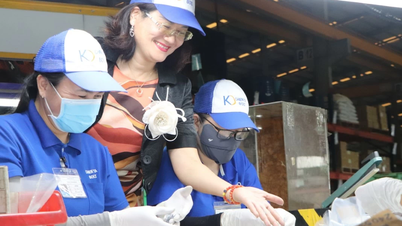











Comment (0)